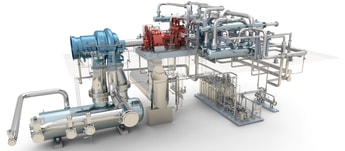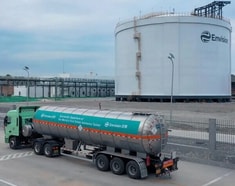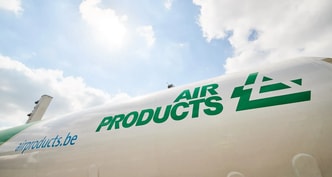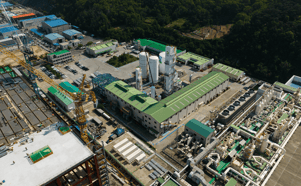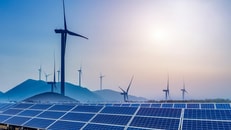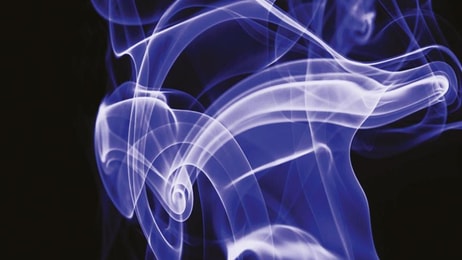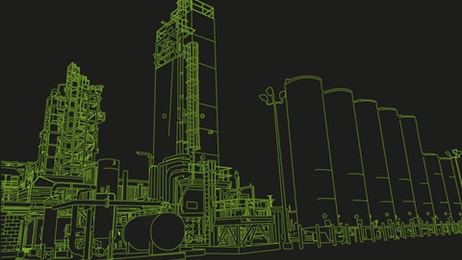Compressed air energy storage: An evolving technology with relevance to industrial gases
Liquid air energy storage (LAES) involves the compression and liquefaction of air for mid-term storage. The stored cryogen is pumped, vaporized and released through a turbine to generate power as required.
Compressed air energy storage (CAES) works in a similar way to LAES, but instead of the air being converted to a liquid, it is contained in a large underground storage cavern. When the electricity grid needs a power top-up, the high pressure air is released through a turbine to generate power.
CAES was first implemented at scale in Germany more than 40 years ago. The Huntorf CAES facility was constructed west of Bremen in 1978. Since then, CAES has evolved to integrate thermal energy storage to eliminate natural gas usage in the system and improve the overall cycle efficiency. However, air compression and expansion are still fundamental to the process. With these technologies at its core, CAES has tremendous relevance for industrial gases operators and technology providers.
... to continue reading you must be subscribed


